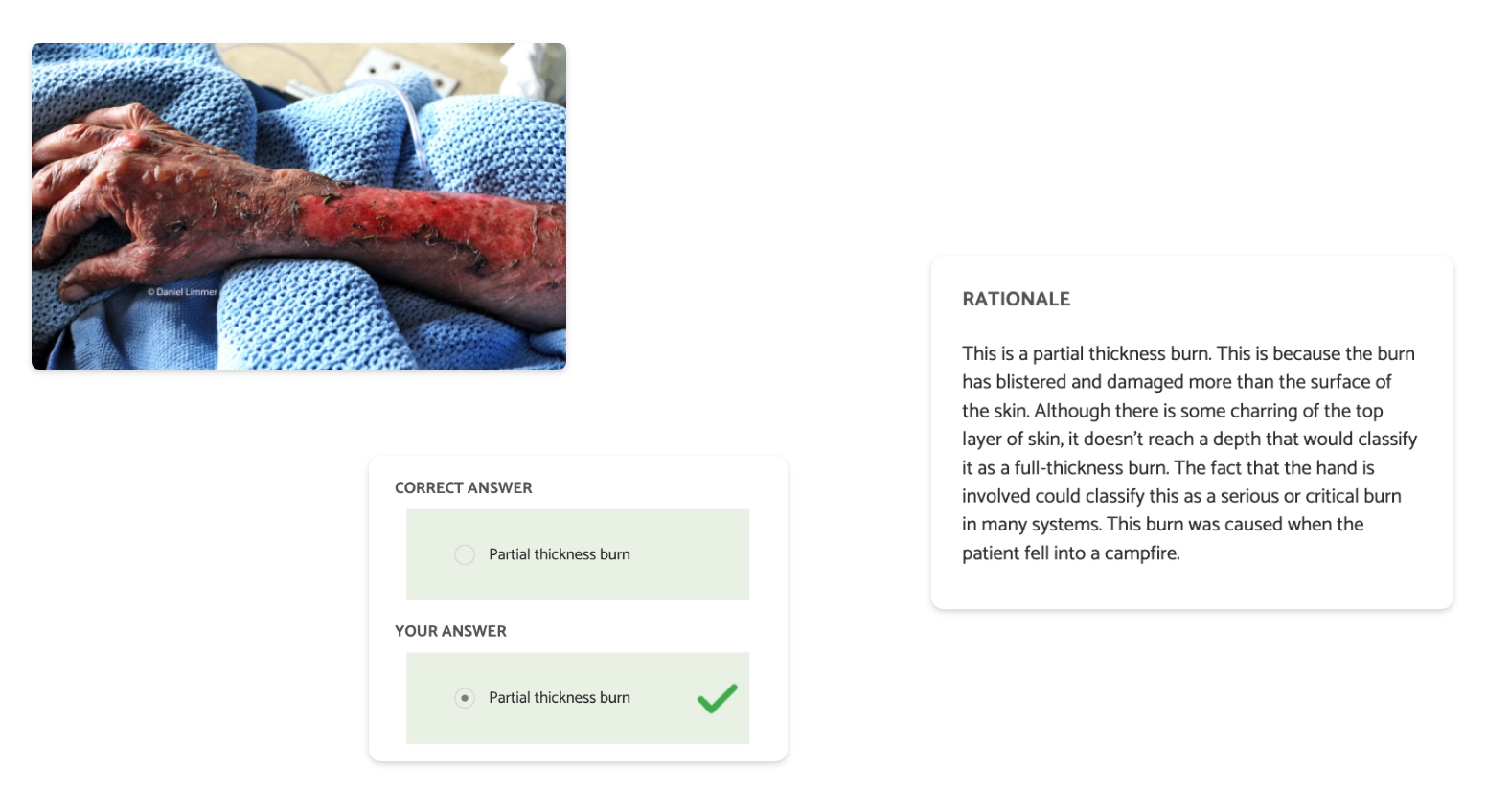

Trusted Education for the Future of EMS
NREMT prep and classroom solutions that build better providers.
The Limmer Advantage








Made by NREMT Experts
Clinical Depth
From Class to Field and Beyond




NREMT Success
Help students succeed on their exams. Our apps focus on critical thinking, pattern recognition and pathophysiology.
Get startedAfter using your products and learning how to attack and understand questions I felt more confident than ever. The material you offer is amazing! It helped me to finally pass my NREMT! – Trevor D.
Educator Tools
We’re here to help you create a more dynamic, inspiring, and productive classroom.
Get startedI recommend Limmer resources to all my students. The pass rates are much higher and students have shown to be more efficient and effective in the field as a result. – Scott Stephens
Knowledge & Application
Our NREMT remediation courses help users pass… and give them relevant, deep understanding. 24-hr. EMT / 36-hr. AEMT
Get startedMy saving grace! I completed your online remediation and went in to take my third attempt and passed! Thank you!! – Sidney F.
CAPCE Approved
The 7 Things EMS podcast provides fluff-free, boredom-free CE for a variety of topics, from education to toxicology.
Get startedThank you for this podcast. I have learned so much and love that I can get CE for listening. – Julie R.

Find Your Match
We have a wide variety of apps for all different stages of your EMS education.
Use our product finderFrom our EMS Articles
Loved by EMS Students, Educators and Institutions
-
-
I recommend it to all my peer educators as the most reliable predictor of passing the NREMT. My current first time pass rate is 95% and I attribute most of it to your programs.
Christian VenturaEMT Program Director -
I failed the NREMT 3 times, so I decided to purchase the remedial training and watching his videos and taking the practice test on each topic 3 times really help me understand the concepts and what to look out for in the NREMT test... Limmer Ed is the real deal. I passed on my 4th attempt.
David R.EMT
-
-
-
I had struggled previously on obtaining my NREMT paramedic. After using your products and learning how to attack and understand questions I felt more confident than ever. The material you offer is amazing and so hopeful! Most importantly it helped me to finally pass my NREMT paramedic!
Trevor DetwilerParamedic -
EMT PASS was so thorough and difficult that taking the NREMT the 1st time was a breeze. Once I started getting the higher-level questions, I knew I was doing well. When it cut me off at 70 questions, there was no doubt in my mind that I had passed.
Larissa WilliamsEMT
-
-
-
The people who have used the [EMT Review Plus] apps to their fullest, ie: taking the exams as well as the study cards and review questions, have been very successful with first time pass rates. Almost 100% at this time.
Steven TurnerEMT Instructor -
I finally passed my test (fourth time taking it) and it was all to this [EMT Remediation] class. I realized that I knew the material well, but I did not know how to answer the questions properly. Also a lot of what I learned was not up to date compared to this class. So thank you so much for this as it was the reason I was finally able to successfully pass.
Nolan RademakerEMT
-




